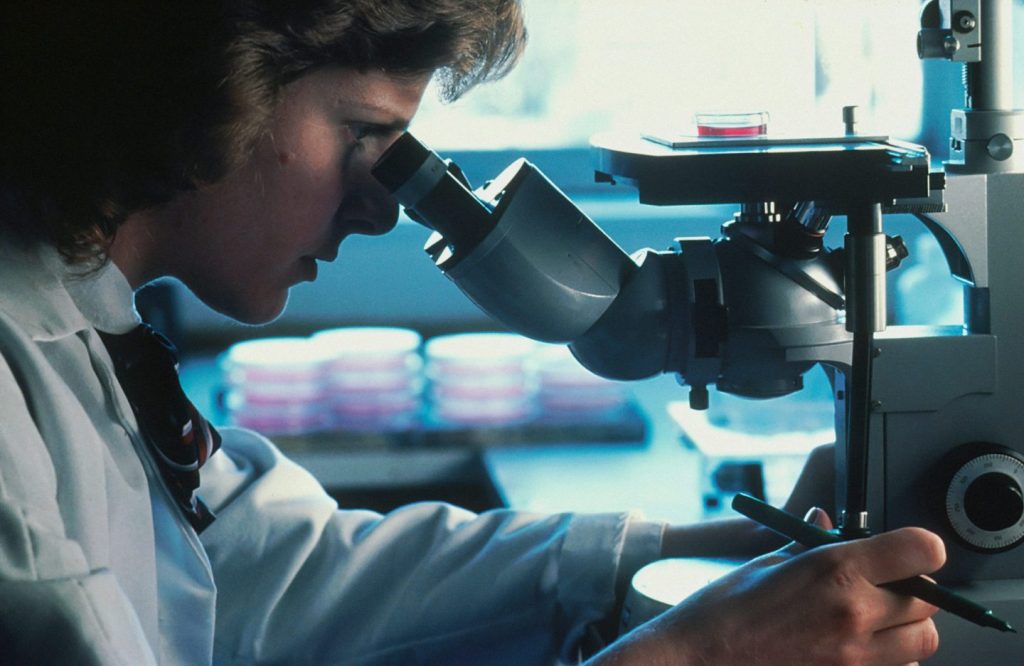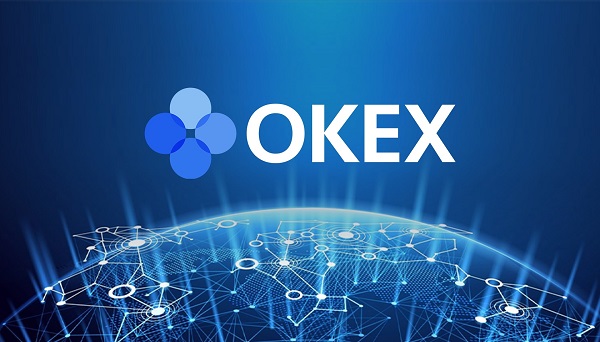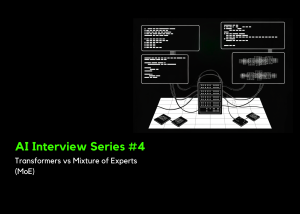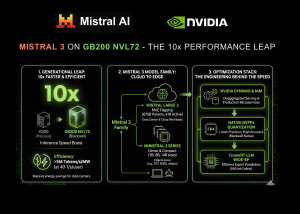Paige and Microsoft unveil next-gen AI models for cancer diagnosis

Paige and Microsoft have unveiled the next big breakthrough in clinical AI for cancer diagnosis and treatment: Virchow2 and Virchow2G, enhanced versions of its revolutionary AI models for cancer pathology.
The Virchow2 and Virchow2G models are based on an enormous dataset that Paige has accumulated. Paige has gathered more than three million pathology slides from over 800 labs across 45 countries, on which the models were trained. Such a volume of data is, unsurprisingly, highly beneficial. This data was obtained from over 225,000 patients, all de-identified to create a rich and representative dataset encompassing all genders, races, ethnic groups, and regions across the globe.
What makes these models truly remarkable is their scope. They cover over 40 different tissue types and various staining methods, making them applicable to a wide range of cancer diagnoses. Virchow2G, with its 1.8 billion parameters, stands as the largest pathology model ever created and sets new standards in AI training, scale, and performance.
As Dr. Thomas Fuchs, founder and chief scientist of Paige, comments: “We’re just beginning to tap into what these foundation models can achieve in revolutionising our understanding of cancer through computational pathology.” He believes these models will significantly improve the future for pathologists, and he agrees that this technology is becoming an important step in the progression of diagnostics, targeted medications, and customised patient care.
Similarly, Razik Yousfi, Paige’s senior vice president of technology, states that these models are not only making precision medicine a reality but are also improving the accuracy and efficiency of cancer diagnosis, and pushing the boundaries of what’s possible in pathology and patient care.
So, how is this relevant to cancer diagnosis today? Paige has developed a clinical AI application that pathologists can use to recognise cancer in over 40 tissue types. This tool allows potentially hazardous areas to be identified more quickly and accurately. In other words, the diagnostic process becomes more efficient and less prone to errors, even for rare cancers, with the help of this tool.
Beyond diagnosis, Paige has created AI modules that can benefit life sciences and pharmaceutical companies. These tools can aid in therapeutic targeting, biomarker identification, and clinical trial design, potentially leading to more successful trials and faster development of new therapies.
The good news for researchers is that Virchow2 is available on Hugging Face for non-commercial research, while the entire suite of AI modules is now available for commercial use. This accessibility could accelerate advancements in cancer research and treatment across the scientific community.
In summary, the recently introduced AI models represent a major advancement in the fight against cancer. Paige and Microsoft have chosen the right path by combining the power of data with state-of-the-art AI technologies. These companies have created new opportunities for more accurate cancer prediction, paving the way for tailored solutions and innovative research in oncology.
(Photo by National Cancer Institute)
See also: The hidden climate cost of AI: How tech giants are struggling to go green
Want to learn more about AI and big data from industry leaders? Check out AI & Big Data Expo taking place in Amsterdam, California, and London. The comprehensive event is co-located with other leading events including Intelligent Automation Conference, BlockX, Digital Transformation Week, and Cyber Security & Cloud Expo.
Explore other upcoming enterprise technology events and webinars powered by TechForge here.












